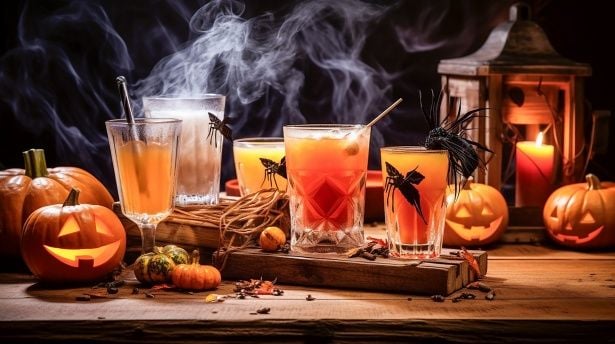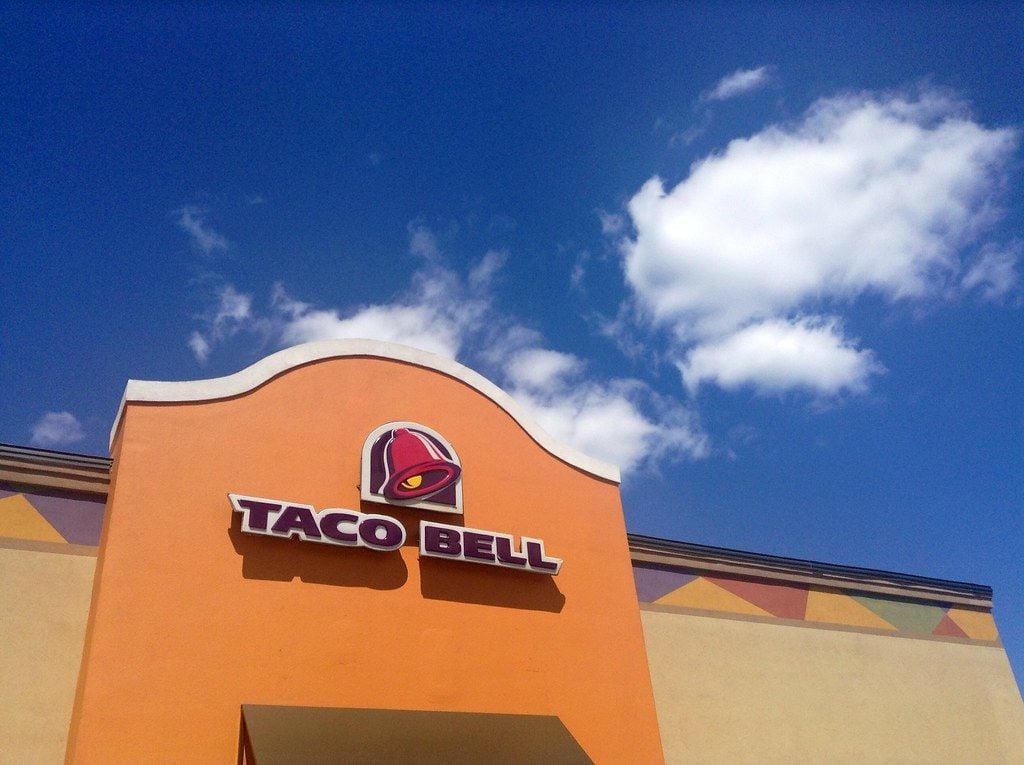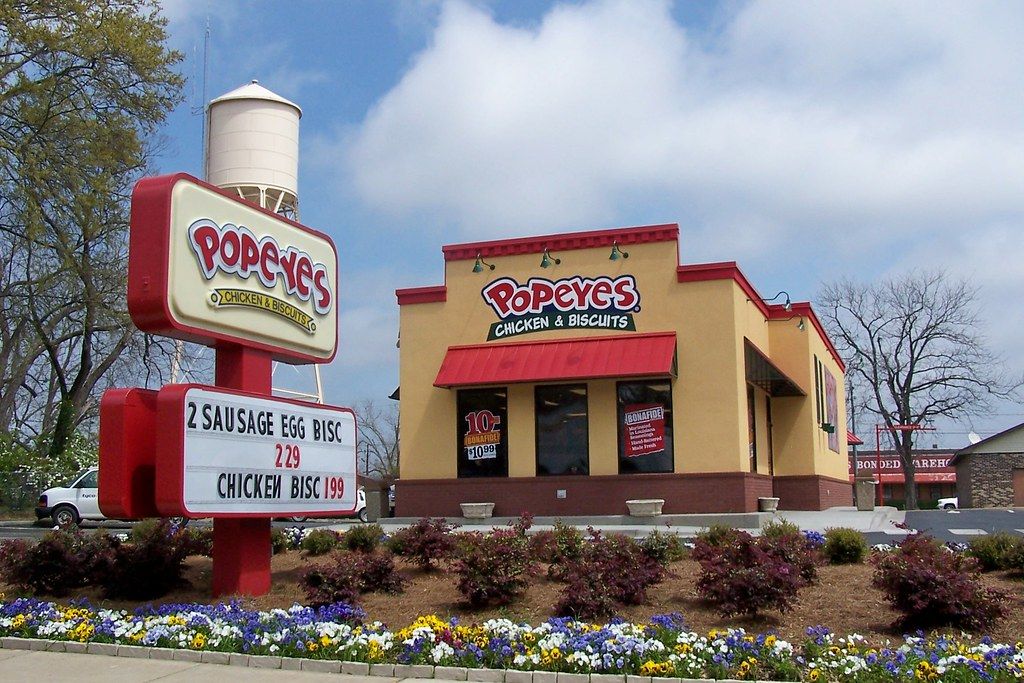
The Endearing History of Root Beer: An Underdog American Icon
- May 18, 2024
Root beer, an intriguing soft drink with roots embedded in American history, is beloved in specific states, especially parts of the South and notably in Utah. Traditionally, kids and adults alike have enjoyed its sweet, carbonated fizziness that takes us back to recollections of old pharmacy counters and jolly jamborees.
Customarily dubbed as a soda, root beer was concocted in North America, probably around the 18th century. Its initial servings were hot but by mid-1850s root beer syrup was being infused with soda water for a chilled twist. Interestingly, this sweet beverage was initially used for medicinal purposes.
The distinctive taste of root beer originated from the American sassafras root, utilized by the Eastern Cherokee and later European settlers for ameliorating conditions including colds, fevers, and aching joints. It was even marketed as a healthful drink, often by drug stores. Notably, Hires Root Beer was pioneered by a pharmacist and was initially retailed under the name, Hires Root Tea.
However, the taste and ingredients of root beer have evolved over time. After a 1976 study demonstrated the carcinogenic properties of sassafras root extract, the FDA prohibited its use. Consequently, root beer makers had to tweak their recipes to conserve its unique flavor. Most brands now employ alternative roots and barks, such as birch bark or sarsaparilla roots, licorice, or dandelion.
More often, root beer tends to taste sweet, spicy, and subtly herb-like, thanks to certain ingredients like vanilla and molasses. These lend root beer a velvety texture akin to cream soda. Additional ingredients like cinnamon, cloves, and ginger bring a subtle zest, paralleling beverages like Dr. Pepper.
And despite the beer in its name, root beer is generally, and has always been, alcohol-free. Although in recent times, a few brands did introduce hard root beer versions into the market. Predominantly, the oldest root beer was carbonated using yeast, resulting in a resemble-to-beer froth. But today, canned root beer incorporates carbonated water instead.
A curious thing about root beer is its deep association, especially in regions such as Utah, known for its high consumption of soft drinks due to a large population of The Church of Latter-Day Saints followers, who abstain from alcohol and hot drinks like coffee or tea due to religious beliefs. In fact, root beer is woven into LDS traditions, festivities, and folklore.
Alexander Foster, a family representative of Hires Big H, a historic diner chain in Salt Lake City, sheds light on the immense popularity of root beer and root beer floats among the LDS community. "Root beer became part of our culture early on, so it's part of the community fabric. Many of our social interactions focus on gathering around sweet treats and ice cream instead of alcohol, tea, or coffee," says Foster.
Hires Big H, named after Hires Root Beer, retains a strong foothold of providing root beer to its customers, residing strong despite the receding popularity of root beer in some regions of the U.S. In Utah, there seems to be a slightly rebellious allure associated with root beer. Foster notes, "I think there's a slight thrill for some LDS members when they order a drink that has 'beer' in the name.”
While root beer might not have attained global fame, it holds a distinct place in the hearts and traditions of multiple U.S. pockets, standing as a "darn" good soft drink.






